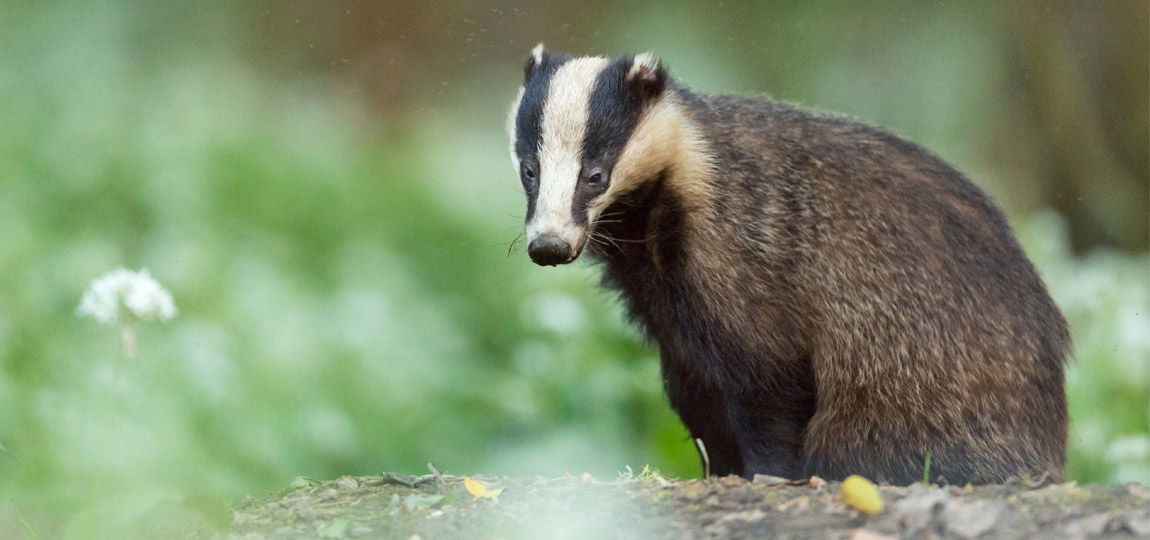Why You Should Be Shooting in Raw

When most photographers first pick up a camera, they don’t give much thought as to what file format to shoot in. Generally, we’re far too interested in anything other than how many megapixels a camera has got, how many frames per second it shoots, and will the autofocus system finally allow me to get that bird in flight shot I’ve always wanted? Who cares about what format I shoot in, as it won’t improve my pictures either way.
Well, you’d be wrong to think that. Whilst picking one format over the other won’t make you a better photographer overnight, it will allow you to capture lots more information in every image you take, which in turn will give you more scope when it comes to processing your images in the digital darkroom.


Shooting raw over JPEG will be a question everyone who picks up a digital SLR will face at some point during their progression. If you’ve not changed any settings, then when your digital camera takes a photo, the chances are the result will be saved as a JPEG file. JPEGs are small; you can take lots of them thanks to larger memory card sizes these days, and they are automatically processed to be readable and viewable on pretty much anything!
But, most experienced photographers know that their are other file formats to choose from, and they’ll usually opt for raw due to its quality and versatility when it comes to processing images and getting the very best out of them.
Hopefully this article will convert you to shooting raw, and if you are already, maybe you’ll learn a technique or two when processing them.
The benefits of shooting in raw format
So what are the benefits, I hear you ask? Well, unlike JPEGs, raw files can’t be used immediately in regards to being web friendly and they are only recognised by certain programs. They also take up a lot more room on your memory card resulting in it storing less images, and in turn uses up more space on your hard drives at home. A lot of drawbacks you may think, but they’re really not a problem when you look at the benefits.
While shooting JPEG may be fine for general photography, the main reason you upgraded to a digital SLR was for the increase in image quality, and using JPEG will eventually cause you problems if you want to be creative with your processing, due to it being a compressed format. The main reason you can cram in loads of images on each memory card with JPEGs is because your camera is throwing away valuable information with every photo. Such information includes highlights & shadows data (not to mention losing colour information in graduated skies and people’s skin), so you will find it harder, if not impossible, to recover over or underexposed areas.
Furthermore, the in-camera processor is converting the image from a raw to JPEG (throwing away the raw in the process) which again will lose image quality. How it’s converted to JPEG is usually set in your camera’s ‘Picture Styles’, be it Portrait or Vivid mode etc. How much sharpening it applies, colour saturation levels and white balance will all be set in the style.
However sophisticated modern cameras are, it’ll never get the ‘look’ right all of the time, and what happens if these values were too severe for the scene, or even worse the white balance was wrong, making your image look too blue (cold) or too red (warm)? You can edit a JPEG to a certain extent, and you’ll convert your raw to a JPEG once finished, but a JPEG will never hold the amount of information or depth of colours a raw can.
The downsides of raw format
Taking control of how your image’s format is written will be one of the best decisions you’ll make. This is where raw format comes in and it’s pretty much as the name suggests: the raw image from the camera – no processing, no compression, no loss of information. Basically, it’s the digital negative from the camera.
The downside to this is that every image you take in raw will require some degree of processing, but there are some great photography programs these days that make it easy to batch process sequences of images to speed up your workflow (such as Adobe Lightroom).
Read more: Lightroom Tutorials – How to Use Lightroom to Edit Photos
If you would prefer not to spend any more money on software, you’ll find that your DSLR came with a CD with some raw processing software on. You can still apply the styles to the raw file that your camera would have used if you took the image as a JPEG, but you will have more options and can fine-tune the photo to your heart’s content.
In conclusion
Editing a raw file is a non-destructive process, meaning you can always go back to the original image in years to come and reprocess it when your technique is better. There are some things you won’t be able to change, such as the ISO speed after you’ve taken the image or any major focusing errors, but everything else from exposure to white balance, to colour space, lens distortion, recovering highlights and noise reduction can all be tweaked, and that’s the great advantage.
You can take all the time you need to creatively tweak your images by changing values and sliders until you’ve polished the image the way you want it rather than the camera applying a ‘blanket’ setting across all images. Plus, you’ll immediately see the difference each change will make, meaning you can really see how different settings effect values across the whole image, and change accordingly.







